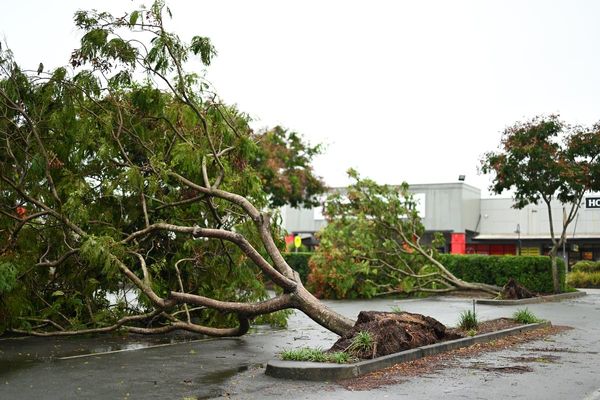
First Nations women are murdered at about eight times the rate of non-Indigenous women, and First Nations children about three times the rate of non-Indigenous children. The number of missing First Nations women and children is also disproportionately high.
But the reality is probably even worse than these numbers suggest. Experts and advocates say the official data is often flawed for a variety of reasons, including that some murders are undocumented and statistics are out of date.
“There is no accurate data on the actual number of First Nations women and children who have been killed or brutally disappeared across this country,” says Antoinette Braybrook, the chief executive of Djirra, a family violence support organisation for Aboriginal women.
She lamented the “outdated” data and questioned the commitment of authorities to look after vulnerable Aboriginal women and children.
“Data about the rate of violence against Aboriginal women and children in the national closing the gap report – which many leaders look to when making decisions that directly affect our women’s and children’s safety – has not been updated in over six years,” she says.
“Would we be so willing to accept this complete lack of accountability and such outdated data about the safety of other women and children?”
New Closing The Gap data on family violence rates has not been made available since 2018 due to concerns about data collection, and the privacy risk and potential harm for participants. The Australian Bureau of Statistics is currently investigating how to collect data on First Nations experiences of family, domestic and sexual violence in a culturally safe way.
The number of First Nations women and children reported missing in 2021 far exceeded their share of the population, according to an Australian federal police submission to a Senate inquiry.
The AFP acknowledges it “cannot attest to the data as a complete and accurate” record due to differing methodologies across state police departments.
When Guardian Australia asked the AFP for updated data, they said their annual reports were “for law enforcement purposes only” and were not in the public domain. South Australian police declined to share any numbers on missing First Nations women and children.
Between 1989 and 2020, 5% of murder victims were First Nations women – a group that represented less than 3% of the population over this period.
An average of 12 First Nations women and four children were murdered each year between 1989 and 2020, significantly disproportionate to population size. The Australian Institute of Criminology recently launched a dashboard on intimate partner homicide that includes Indigenous status.
Most murderers of First Nations women are people known to them – mostly family and partners. Research that looked into coronial reports of First Nations women intimate partner homicides found “in most instances” the deaths were “entirely preventable”.
The Senate inquiry received numerous submissions and responses that cite the intersectional challenges leading to “systemic oversights and shortcomings, and indifference by the police”. These challenges included the legacy of colonialism and child removal policies, the partiality of state records, as well as racism and sexism.
“If you are an Aboriginal woman in Victoria, you are 45 times more likely to experience family violence – perpetrated by men from all backgrounds – than other women,” Braybrook says.
“You are 69 times more likely to experience a head injury while being assaulted, and 10 times more likely to be killed by someone who says they love you.
“These numbers are shocking. Accurate data would reveal an even more devastating reality – the real numbers are much, much higher.”
In a statement to the inquiry, Djirra noted that the official data doesn’t include “instances of family violence that go unreported, or the deaths and disappearances that are not properly investigated”.
“You cannot manage what you do not measure, and it tells us we have so much more to do,” Braybrook says.
“Our women and children must be seen, heard and counted. Our lives matter.”







